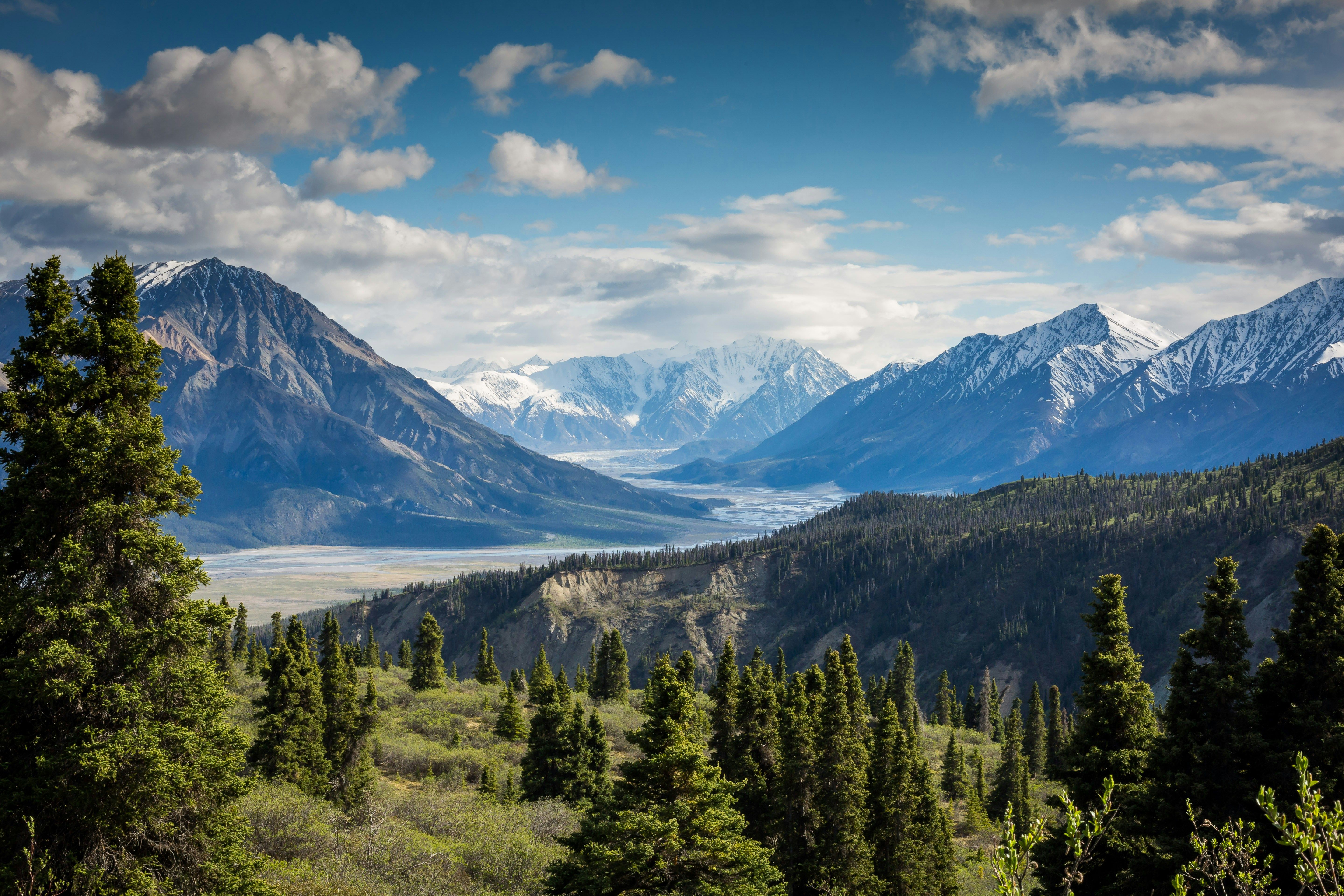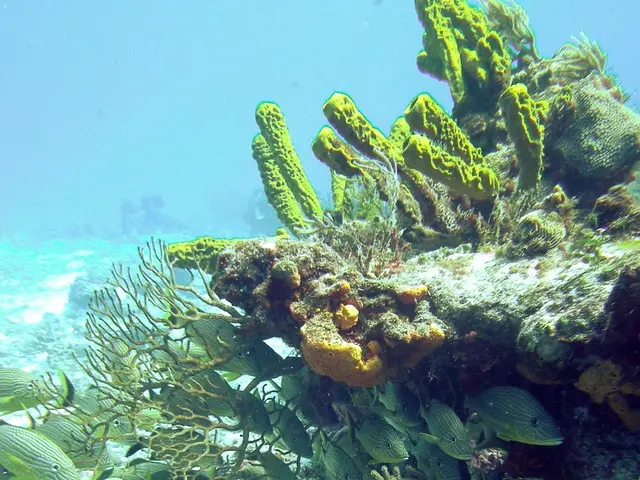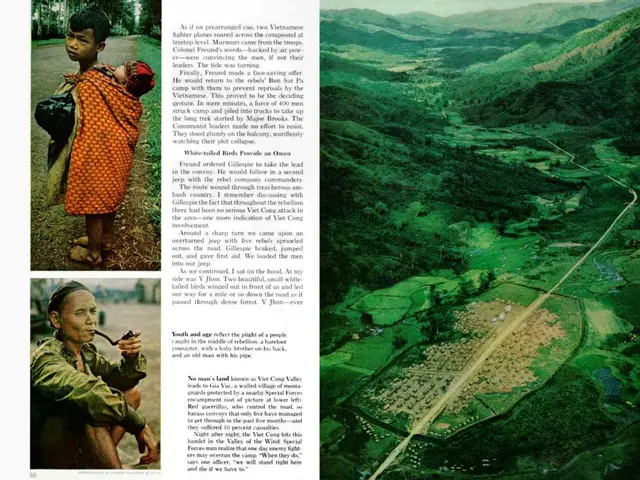U.S. mortality linked to wildfire smoke incidents totals approximately 15,000 deaths spanning a 15-year period, according to fresh research.
Wildfire Smoke and the Grim Impact of Climate Change
<>Fire up the blowtorch, climate change! That's the reality we're facing as wildfires, spurred on by global warming, contribute to thousands of annual deaths and billions in economic losses due to smoke in the US, a new study shows.
The study, published in the journal Nature Communications Earth & Environment, is one of the first to single out the effect of climate change on mortality rates. From 2006 to 2020, the researchers discovered that climate change played a role in nearly 15,000 deaths from wildfire smoke exposure and cost an estimated $160 billion (€142bn).
So, what's the big deal if some states like Oregon and California suffer more? Well, the annual count of deaths ranged from 130 to a staggering 5,100, impacting communities far and wide.
<>Health Problems from PM2.5
Lisa Thompson, a researcher from Emory University specializing in air pollution and climate change, calls the study unique since it isolates the impact of climate change on mortality. Whether looking across time or geography, the paper focuses on deaths linked to fine particulate matter (PM2.5) — the main pollutant from wildfire smoke.
PM2.5 can enter the bloodstream and spark health issues like coughing, itchy eyes, and chronic diseases in kids, pregnant people, the elderly, and outdoor workers, as well as making existing health problems even worse. Scientists estimate the pollutant is responsible for 4 million deaths worldwide.
<>Toxic Wildfire Smoke
Research suggests that PM2.5 from wildfire smoke could be even more toxic than other sources. When raging fires creep into cities, incinerating vehicles and other toxic materials, the danger multiplies.
Unsurprisingly, countless studies tie human-caused climate change, which originates from the burning of coal, oil, and gas, to an escalating number of fires in North America. Drought, primarily in the western regions due to global warming, and other extreme weather events add to the blaze.
Drier conditions, combined with high temperatures, result in a fiery cocktail that fuels the flames, making wildfires more frequent, extensive, and severe while spewing smoke into the atmosphere.
<>Estimating Deaths from Wildfire Smoke
Jacob Bendix, professor emeritus of geography and environment at Syracuse University, admired the gravity yet wasn't surprised by the findings. Bendix wasn't involved in the study.
The study's authors calculated these numbers by studying how much land burned by wildfires was due to climate change, then estimating the levels of PM2.5 from wildfire smoke attributable to climate change, and finally integrating existing understanding of how particulate matter affects mortality based on published research.
Out of the 164,000 deaths related to wildfire-PM2.5 exposure from 2006 to 2020, 10 percent were attributed to climate change, with mortalities in some western states and counties 30 to 50 percent higher.
<>Wildfire Smoke Study Disagreement
Marshall Burke, global environmental policy professor at Stanford University, called the evidence connecting climate change to burned areas "rock solid," but he questioned the ensuing steps. Other researchers shared concerns about the study's conclusions, including proper consideration of non-climate drivers' impact on wildfires.
Despite these concerns, most experts agree on one thing: the need to curb greenhouse gas emissions to counter the adverse effects of wildfire smoke and protect people's health.
Source: Phys.org
Related:
- "Significant risk": How climate change made UK wildfires 6 times more likely
- "83% of 5-year-olds will be exposed to 'unprecedented' extreme heat in their lifetime"
- "'A perfect storm': How climate change made the LA wildfires more likely – and more deadly"
Keywords:- climate change- wildfires- mortality- smoke- PM2.5- air pollution
Enrichment Data:
- Studies Linking Climate Change to Wildfire Smoke: Numerous studies connect climate change to increased wildfire frequency, severity, and smoke impacts, ultimately contributing to rising health risks and economic costs. Bell et al. 2021, Simpson et al. 2021, Kilpatrick et al. 2018
- Impacts of Wildfire Smoke on Health: Exposure to wildfire smoke has been associated with acute respiratory, cardiovascular, and other systemic health effects, as well as possible increased susceptibility to chronic diseases and long-term health complications, particularly in vulnerable populations. Kloog et al. 2017, Mickley et al. 2014
- Climate Attribution and Modeling: Atmospheric models are employed to attribute changes in various environmental factors, such as wildfire activity and PM2.5 concentrations, to climate change through comparison with a non-climate-changed scenario. Dunne et al. 2021, Todling et al. 2021
- Valuation of Human Life and Economic Costs: Economic valuation techniques, such as the value of statistical life (VSL), are used to estimate the economic impact of health risks, including premature mortality from wildfire smoke exposure. Viscusi 1989, Holmes 2015
- Mitigation Strategies: Strategies to mitigate wildfire risks and smoke impacts include prescribed burns, fuel breaks, ignition source regulation, and reducing greenhouse gas emissions to limit the climate change drivers. Griswold et al. 2021
- The scientific community agrees that climate change links to an increase in wildfire frequency, severity, and smoke impacts, posing rising health risks and economic costs.
- Exposure to fine particulate matter (PM2.5) from wildfire smoke, a pollutant, is associated with a variety of acute and chronic health conditions, particularly in vulnerable populations, such as children, pregnant people, the elderly, and outdoor workers.
- Careers related to environmental science, air pollution, and health-and-wellness can investigate multidisciplinary aspects of wildfire smoke and its impacts, including scientific research, policy development, and public health education.
- The study of climate change's impact on mortality, as demonstrated in the recent study on wildfire smoke, is essential in understanding the grim consequences of climate change and developing strategies to protect public health and minimize economic losses.
- LinkedIn, a professional networking platform, can be leveraged by researchers, policymakers, and concerned individuals to share and discuss scientific findings on wildfire smoke, air quality, and climate change, drawing on a multidisciplinary community to address this pressing environmental issue.










